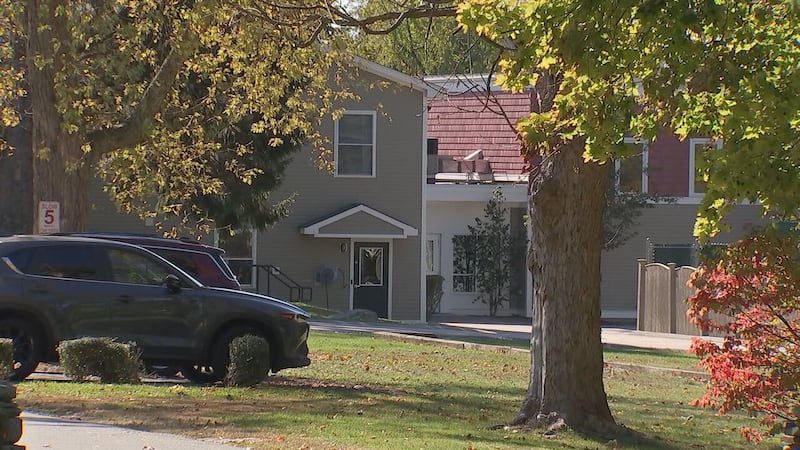SEATTLE — Sound Transit officials are sounding the alarm on a big problem: a multi-billion-dollar budget shortfall for plans that were approved by voters nine years ago.
Sound Transit staff said they will need 20 to 25% more money compared to what’s currently outlined in the Long Range Financial Plan, unless cost-saving measures are applied.
Voters approved the Sound Transit 3 (ST3) System Plan in 2016. The agency says much has changed since then, citing challenges including lower-than-expected revenues, rising costs and uncertainty surrounding tariffs and federal funding commitments.
On Thursday, staff reported a need for an additional $14 to $20 billion in today’s dollars to cover capital program costs to complete the major, voter-approved ST3 light rail projects.
These include projects in West Seattle, Ballard, Tacoma Dome, Everett, Tacoma Community College and South Kirkland-Issaquah Link extensions.
The agency also says it will need a few billion dollars more to cover service delivery costs, including new and replacement light rail vehicles, investments to improve light rail system resiliency and other maintenance and operations costs.
On top of growing costs, staff expect revenue to fall.
For the last few months, the Board has been focused on implementing an action plan, deemed “the Enterprise Initiative.” It describes the initiative as a comprehensive effort that helps identify affordability gaps and tools available to cut costs.
The initiative aims to update the system plan, while staying in line with the original voter-approved ballot measure.
Some of that increase can be tied to industry-wide issues, while other cost issues are related to “agency process, procedure, and delays since ST3 adoption,” according to Sound Transit documents.
Phase 1 of the Enterprise Initiative calls for analyzing how the region has changed since 2016, building a deep understanding of the scale of the problem and understanding how to use available tools to solve these challenges (or coming up with new tools to fix them).
Phase 2, which the agency has previously said will begin in 2026, calls for identifying approaches for updating the ST3 System Plan and adopting a new long-range financial plan.
It also calls for conducting more public engagement about the initiative. During this phase, the Board is set to take action to amend the ST3 System Plan and adopt the new long-range financial plan.
Board members on Thursday noted that the cost increases are unprecedented, but that Sound Transit is not the only agency in the country dealing with challenges out of the COVID-19 pandemic.
Sound Transit staff believe there are some cost-saving measures that can be applied to future projects, but it’s not clear at this time exactly how Sound Transit will make up the gap.
The process is expected to be finished by the middle of next year, but the deadline is not set in stone.
Once complete, the agency will release an updated System Plan and a new Long-Range Financial Plan.
©2025 Cox Media Group





